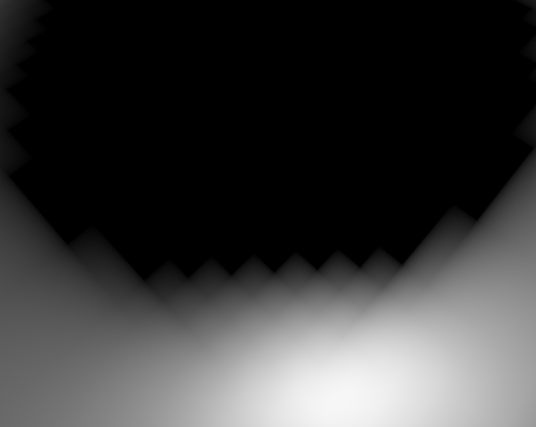It's hard to tell with so little information. Which API are you using and how do the functions look like? Which object casts the shadow? Is it a point light or a directional light you are using?
However, when you apply gamma correction, you are changing the local brightness gradients. While the brightness values in the uncorrected colour space might be close to each other (little gradients), they might differ much more (higher gradients) in the corrected colour space. If you have a look at your uncorrected picture, you only see the pixels at the boundaries (where gradients tend to get steep in many cases). The surface looks totally smooth even though there are also differences in the brightness. So I would guess, that is kind of a "normal" artefact of the correction. But I am no shadow mapping expert, so don't take this answer for the truth.
Greetings
EDIT: Maybe my mind is tricking me here, but it seems like the second picture is also covering a larger area. I think I can see some pixels there at the boundaries too. But they look smaller. Hence the question. If this is correct, this would be another hint, that the effect you see is kind of normal (as explained).







